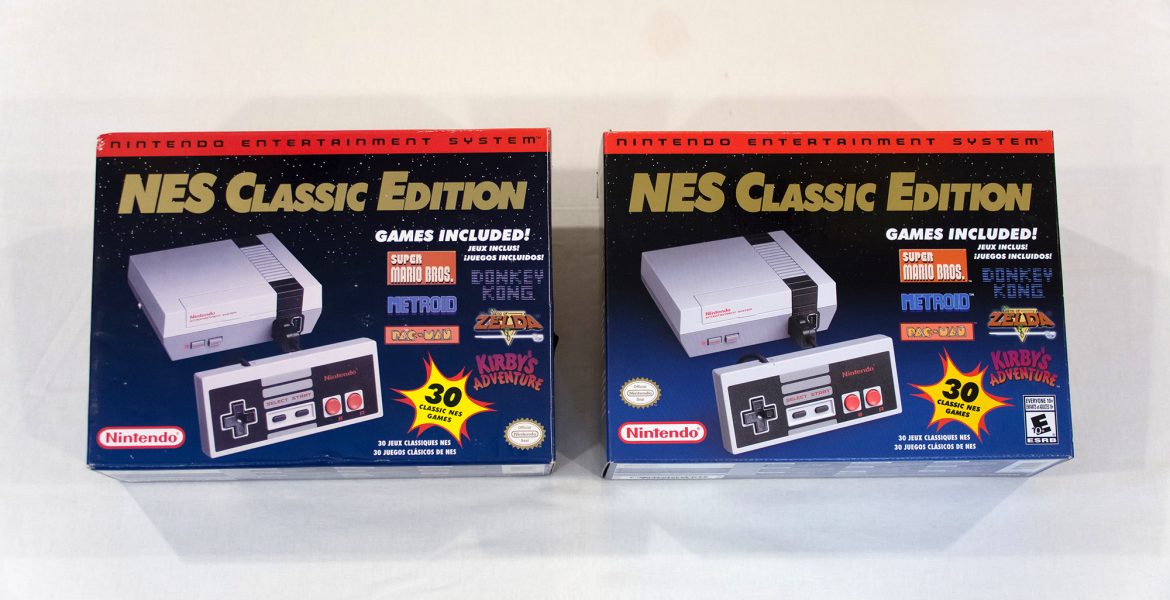
NES Classic Edition, Spotting A Fake
With the NES Classic Edition discontinued at the beginning of the year, and people still clambering to get their hands on one, there are people taking advantage of the situation. You might say they are filling a hole in the market left by Nintendo.
I am a game collector and unfortunately was unable to get my hands on the NES Classic Edition in the short time it was for sale. For the last few months, I have been scouring the internet to find one and thought that my luck had changed. Unfortunately, I fell victim to a knockoff and a good one at that. Scammers are now flooding the market with some very convincing looking, cheap fakes that are selling for well over the original MSRP of $60. In reality, these fakes are probably worth $20 if that and there doesn’t seem to be much information on the internet about what to look for.
I found some sure-fire ways to know if that coveted NES you’re hoping to buy is real or not, and I will share them with you so you don’t get scammed…
Unfortunately, just looking at the boxes, it is quite difficult to tell the difference. As you can see from the following pictures, the boxes are nearly identical, aside from some small differences on the front. Both box designs were official releases; however, I have yet to see a fake use of the design on the right. Another small difference is the colors on the fake are slightly faded but again, unless you are holding a real and fake box side by side, you would be hard pressed to tell the difference. The fake boxes even contain the same packing material, posters, manual, cabling, etc…
Once you compare the actual units, some differences start to show. There are slight variations in the colors of plastic and paint used for the real and fake NES’s. Again, the scammers have gone to great lengths to match every detail. There is even a serial sticker on the bottom of the fake unit.
Once you get to the controllers, it will be much easier to tell which one is fake. They still tried to match small details like the labeling on the back and even the small Nintendo branding on the end of the cable.
Up to this point, have you been able to tell which one is real and which one is fake? The quickest way to tell is in the details. The fakes are manufactured in China for the lowest cost possible. Notice how the printing on the logo isn’t quite straight or how “reset” isn’t centered on the button. The controller numbers on the console are also too far apart. On the controller, the printed graphics don’t quite line up and the color of the grey bars is way off.
Once you turn on the console the difference couldn’t be more apparent. The real console turns on almost instantly, while the fake takes anywhere from 5-10 seconds to boot. The scammers attempted to recreate the look of the menu, but as you can see, everything is soft looking, over-scanned and the colors aren’t right. The menu is slow and the sound is as if someone recorded it from their phone.
Go back and take another look at the pictures from the beginning of the post. Now that you know what to look for, can you spot the fake?
In conclusion, some people might not care that they have a fake. They do after all play classic games. The fact of the matter is you are paying way too much for an inferior product that is playing pirated games and will likely stop working after very little use. Don’t get scammed, save your money for the upcoming SNES Classic Edition.

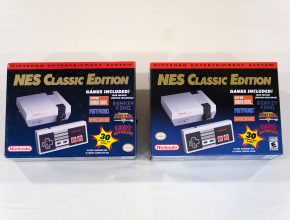
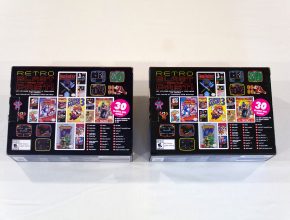
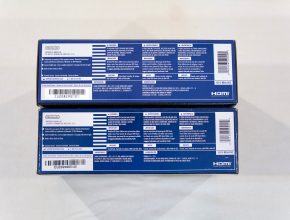
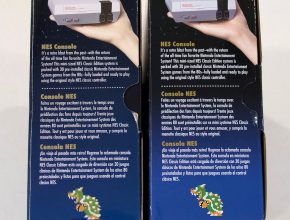
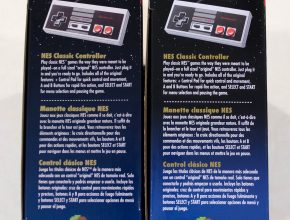
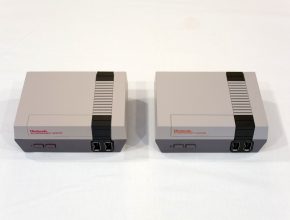
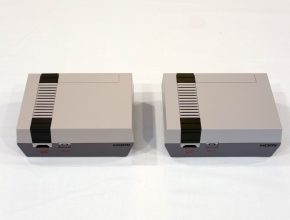
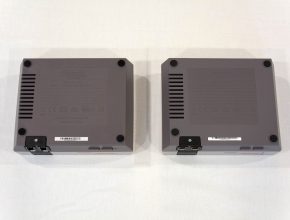
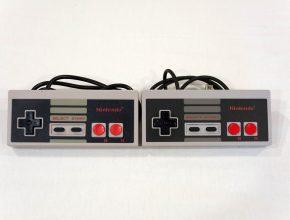
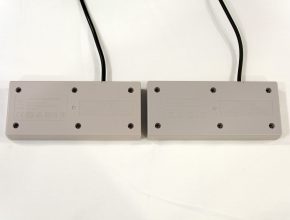
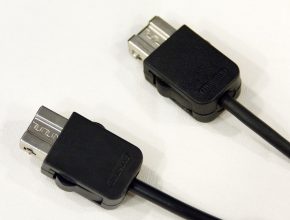
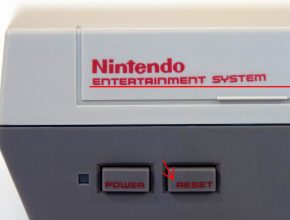
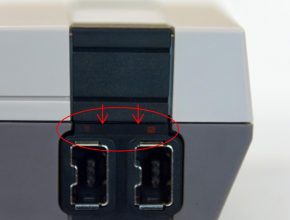
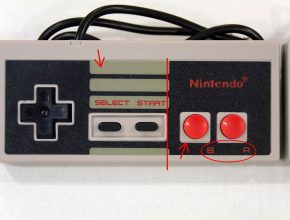
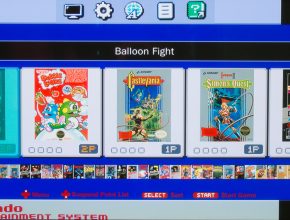
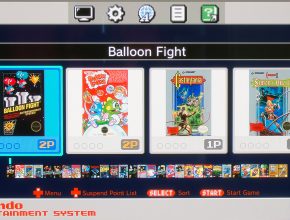
Write a Reply or Comment